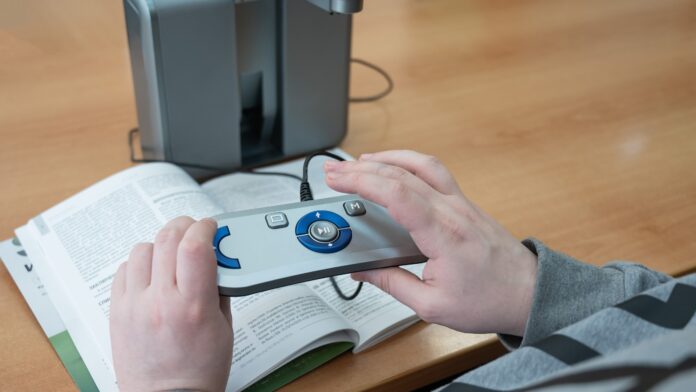As someone who has always been fascinated by the power of technology to improve people’s lives, I am thrilled to explore the ways in which it is assisting users with visual disabilities. From innovative screen readers to advanced braille displays, technology is revolutionizing the way visually impaired individuals navigate the digital world. In this article, I will delve into the cutting-edge solutions that are making a significant impact on accessibility and inclusion for those with visual impairments.
Which of the Following Technologies Assists Users That Have a Visual Disability
As technology continues to advance, it has opened up new possibilities for individuals with visual disabilities to access and engage with digital content. There are several innovative assistive technologies available that cater specifically to the needs of visually impaired users. In this section, I will discuss some of the key technologies that are helping individuals with visual disabilities navigate the digital world with greater ease and independence.
Screen Readers
One of the most valuable technologies for users with visual disabilities is Screen Readers. These software applications or built-in features on devices provide an audio interface that reads the text displayed on the screen aloud. Users can navigate through menus, web pages, documents, and emails by listening to the synthesized voice. Screen readers also have various customization options, allowing users to adjust the voice speed, pitch, and language settings according to their preferences.
With the help of screen readers, visually impaired users can access a wide range of digital content, including websites, eBooks, social media platforms, and more. Screen readers not only read the text but also provide detailed descriptions of images and other visual elements, making the online experience more inclusive for individuals with visual disabilities.

Braille Displays
For individuals who are fluent in Braille, Braille Displays are a crucial technology. These devices feature a series of small mechanical Braille cells that can pop up or retract to display Braille characters. The Braille display acts as an output device, translating the digital content on the screen into Braille, allowing visually impaired users to read the text with their fingertips.
Braille displays can be connected to a computer, smartphone, or tablet, providing real-time access to digital content. They enable visually impaired users to read emails, browse the internet, and interact with various applications independently. Braille displays also support navigation commands, allowing users to efficiently move through content and navigate menus.
Voice Assistants
Another technology that greatly assists users with visual disabilities is Voice Assistants. These intelligent virtual assistants, such as Siri, Google Assistant, or Amazon Alexa, can perform various tasks based on voice commands, opening up a new level of accessibility for visually impaired individuals. Users can ask voice assistants to read out emails, make phone calls, set reminders, play music, and much more, all without needing to interact with a screen.
Voice assistants are integrated into various devices, including smartphones, smart speakers, and even some wearable devices. They provide a hands-free and eyes-free way for individuals with visual disabilities to access information, control their environment, and carry out daily tasks more easily and efficiently.
Mobile Apps
Mobile apps have revolutionized the way we live, work, and communicate, and they have also become indispensable tools for individuals with visual disabilities. There are a wide variety of Mobile Apps available that cater specifically to the needs of visually impaired users.
These apps offer a range of features and functionalities, such as:
- VoiceOver: A built-in screen reader on iOS devices that allows users to navigate through the interface using touch gestures and audio feedback.
- Be My Eyes: A volunteer app that connects visually impaired users with sighted volunteers, enabling real-time video calls for assistance with daily tasks.
- Seeing AI: An app developed by Microsoft that uses artificial intelligence to describe scenes, read text, recognize faces, and identify objects through the device’s camera.
These apps help visually impaired users in various aspects of their lives, including education, navigation, social interaction, and independent living. They empower individuals with visual disabilities by enhancing their accessibility and promoting their inclusion in a digital society.
Technology has become a game-changer for individuals with visual disabilities, offering a wide array of solutions that enhance accessibility and promote independence. Screen readers, Braille displays, voice assistants, and mobile apps are just a few examples of the technologies that are revolutionizing the lives of visually impaired individuals. By harnessing the power of these technologies, individuals with visual disabilities can navigate the digital world, access information, communicate, and carry out daily tasks with greater ease and confidence.


